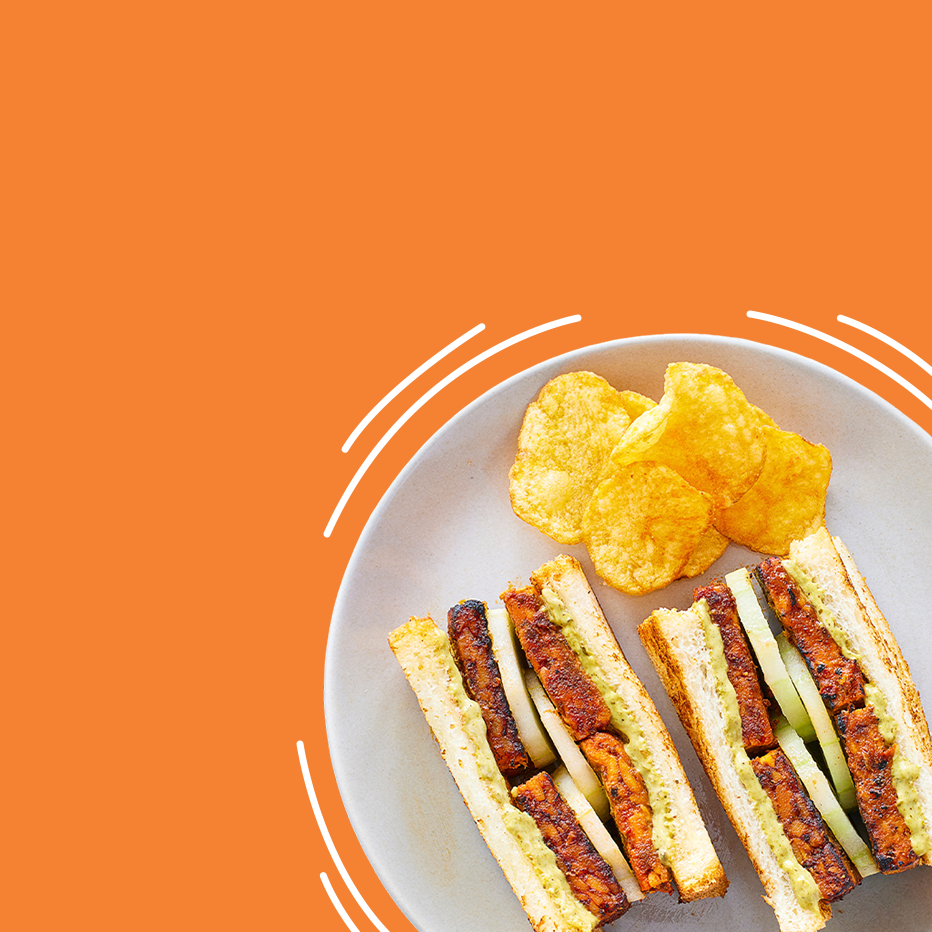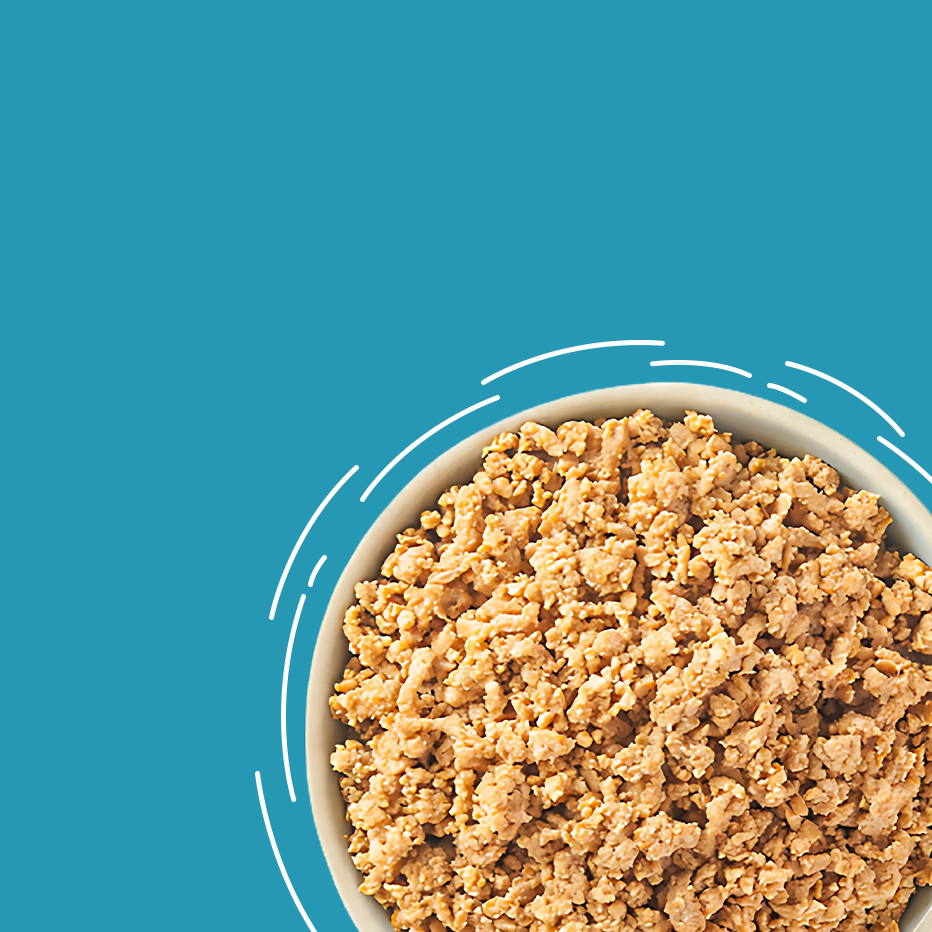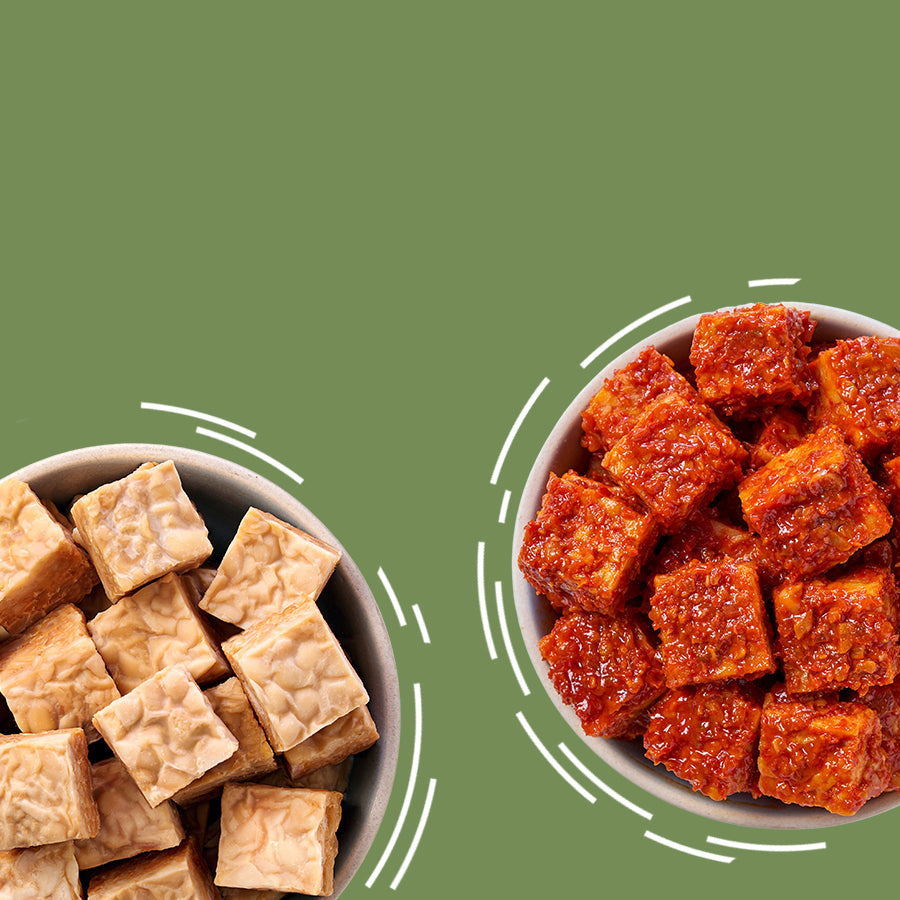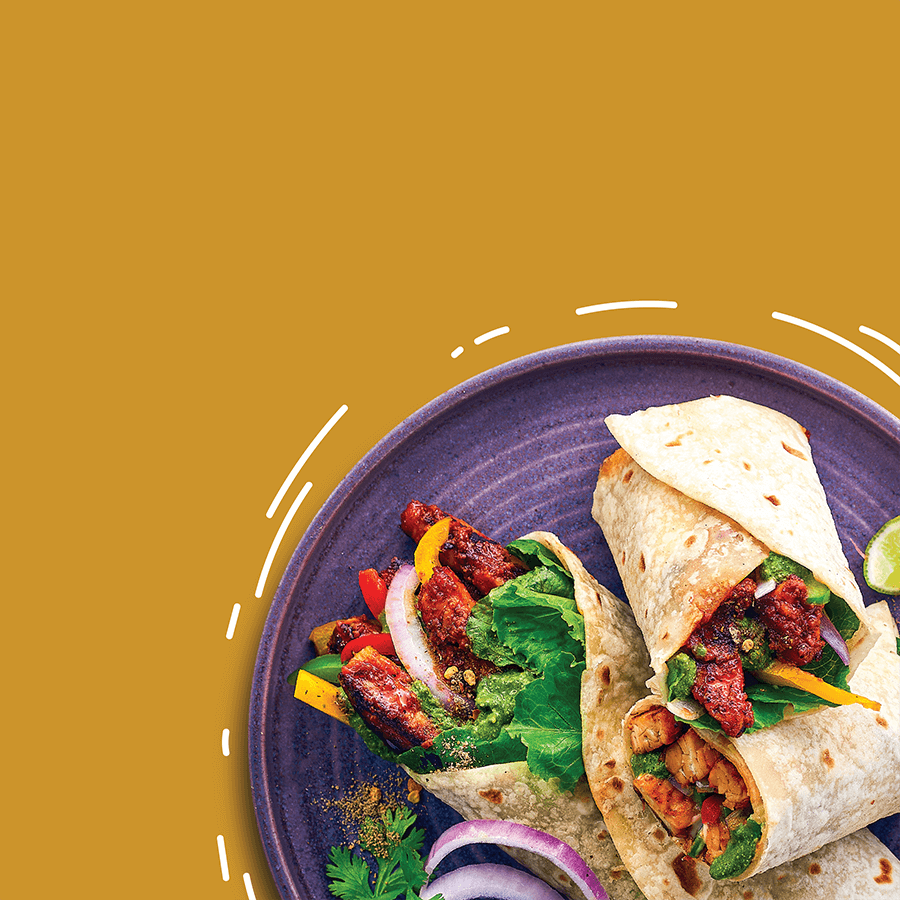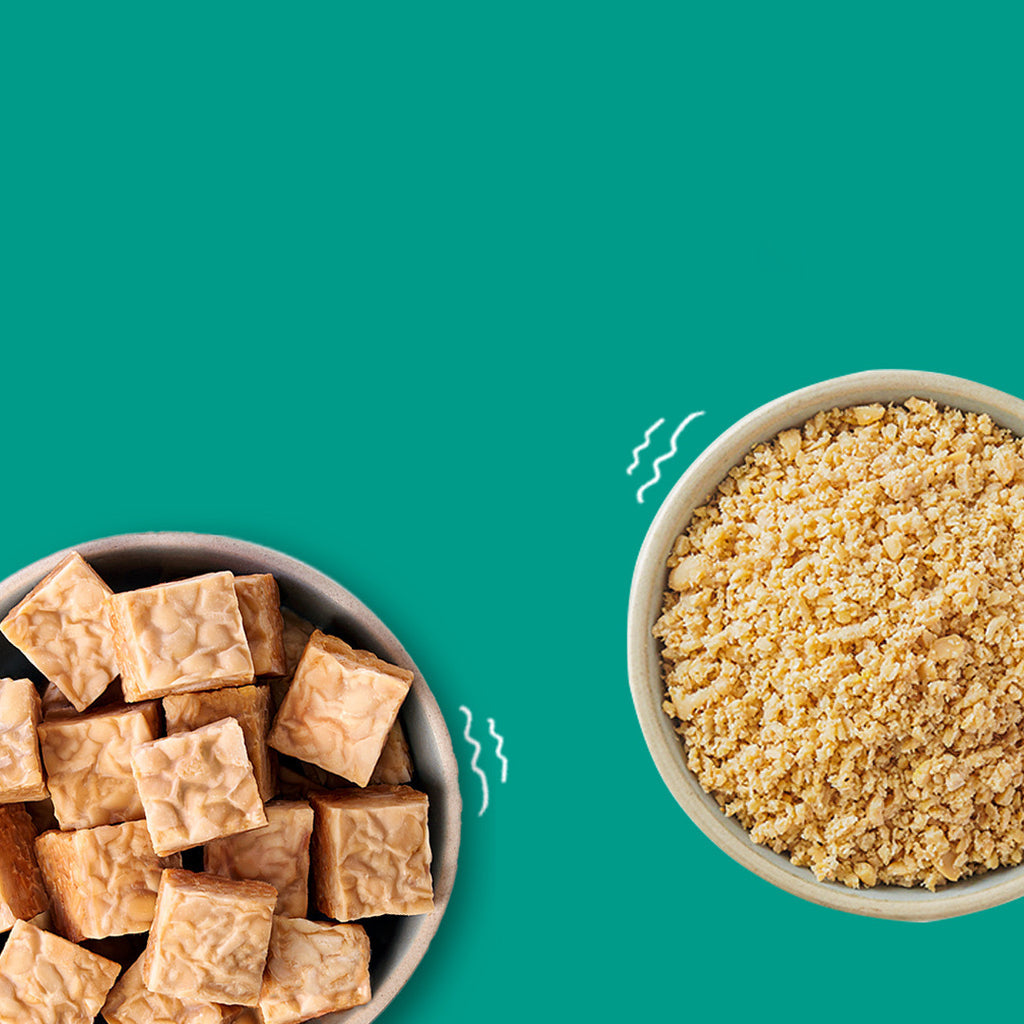7 Fibre-Rich Vegetarian Foods You Must Know
‘Eat more fibre and you will live a healthy life!’ A constant and consistent companion to your digestive system, fibre’s nutrient benefits are no secret. It lowers cholesterol levels, helps control blood sugar levels, and most importantly, helps you manage your weight goals.
So as we dig deeper into our nutrition books and tell you more about the immense benefits of fibre and the foods that are the best sources of fiber, let us also introduce you to this essential carbohydrate found in plants:
Fibre: Easy to digest nutritional facts
Fibre is a non-digestible carbohydrate. What does that mean? It means that although fibre is an integral part of your digestion process, your stomach cannot fully digest or break the fibre down. Unlike other nutrients in your food like fats, proteins and carbohydrates that are broken down by your body, fibre remains rather intact as it passes through your intestines.
Dietary fibre, also known as roughage, helps maintain bowel movement and fiber rich foods help satiate your hunger, keeping you full for a longer time. While your body cannot break it down, we may be able to break it down into categories: soluble fibre and insoluble fibre.
Soluble Fibre
Soluble fibre is the type of fibre that mixes with water to form a gel-like substance. What this gel does is makes you feel like you have eaten your heart’s fill and reduces your hunger.
Known to lower blood cholesterol and help in reducing weight, soluble fibre can be found in rich fibre foods in India such as peas, beans, citrus fruits, carrots among others.
Insoluble Fibre
Insoluble fibre, as the name suggests, does not mix with water but repels it. Remaining insoluble throughout the digestion process, this nutrient can be found in whole wheat flour, green peas, beans, potatoes and several other food sources that are some of the best high fibre foods.
What does insoluble fibre do? It helps with bowel movement and digestion, making it a beneficial dietary requirement for people with indigestion or constipation.
Foods for your daily requirement of dietary fibre
Unlike other food nutrients, fibre is in abundance in plant-based foods. And there are various fiber rich Indian foods that you can consume to get your daily requirement of fibre going. Here are 7 Indian foods that are good sources of fiber:
Tempeh

Made by fermenting whole soybeans, Tempeh is full of protein and fibre, Tempeh is one of the high fibre foods that can work for both vegetarians and vegans alike. Not only is it rich in fibre but it has also been proven to be good for your gut health and is loaded with other nutrients like iron, calcium and Vitamin B-12.
Other vegetarian sources of protein like Paneer or Tofu do not offer any fiber making Tempeh an excellent choice to vegetarian diets.
At HelloTempayy, we offer Tempeh which has 8.5g of fibre in a 100g serving, making up to 28% of your recommended daily allowance (RDA). What’s more interesting is that this nutrition giant can go with any Indian dish or food you choose to pair it with.
Apples

The source of countless doctor jokes, an apple is also a rich source of soluble fibre. Loaded with several nutrients, this red fruit consists of an average of 4g of fibre. Usually, it is recommended for men to consume 30g-38g of fibre whereas the Recommended Daily Allowance for women is 21g-25g.
While apparently, you may not even need a reason to consume this tasty food, let us enhance your experience by shedding some light on its various health benefits. It lowers your cholesterol levels, helps with diabetes, and also, contains antioxidant properties. So, what are you waiting for? Savour an apple now and keep your doctor waiting for you!
Bananas

Already a favourite among fitness enthusiasts, banana is loaded with potassium and calcium, along with fibre. Bananas are rich in insoluble fibre, which make them a go-to food product whenever the stomach starts acting up.
A medium-sized banana comprises at least 3g of fibre. Adding to its benefits, a study suggests that fiber rich foods like bananas can be crucial in reducing the risk of cardiovascular and other heart diseases.
Guavas

Did you know? Your winter delight that you savoured with salt and spices is rich in soluble fibre, making it one of the fiber rich Indian foods. Along with the taste and smile it brings to your face, it is also known to remove toxins from your colon.
Loaded with Vitamin C and antioxidants, medium-sized guava can bring you up to 12% of your recommended daily fibre intake.
Legumes

Plant-based beans such as lentils and black beans are filled with dietary fibre. Lentils (Dal) almost has 15.5g of fibre in a cup whereas black beans have 15g of fibre in a cup. This makes them one of the high fibre Indian foods that you can just use in soups and salads.
These beans also possess plenty of antioxidants, adding to the list of benefits they have. Indians have a variety of recipes to make these fiber rich foods, a tasty serving.
Leafy Vegetables

Eating your greens may definitely seem a healthy and wise choice for leafy vegetables, undeniably, are good sources of fiber. The often discarded tops of veggies such as turnips and cauliflowers may serve as a great source of dietary fibre.
If it doesn’t seem appetising to you, you can just cook them in a stew or a soup and easily have your fair share of dietary fibre. A cup of turnip greens and cauliflowers have 5g and 2g of fibre present in them respectively.
Carrots

Carrots are rich in soluble and insoluble fiber. But these veggies are also filled with the goodness of essential vitamins such as Vitamin A, Vitamin K, Potassium, Vitamin C and Vitamin B6. You can add this nutrition-rich food to your soups, salads, meals or even juices.
A medium-sized carrot has 1.5g of fibre in it, enough to get you started on your recommended daily fibre intake. So, consume them as you like and you can avoid night blindness, control diabetes and lower your blood sugar.
We understand keeping track of your recommended nutritional intake can get tiring sometimes. And so, we recommend you let us take this one off your plate and bring Tempeh to your plate! The irresistible soy-based Tempeh we offer at HelloTempayy checks every box, adds taste to your diet and fills your stomach with nutrients!
